Broadcast Solutions
We deliver comprehensive Broadcast Solutions that empower content creators, broadcasters, and media networks to operate with efficiency, innovation, and scalability. As a leading System Integrator, we specialize in designing and implementing advanced broadcast workflows—from traditional studios to IP-based, cloud-enabled production environments. Whether you’re building a new broadcast facility, upgrading legacy systems, or shifting to remote and cloud-based production, our solutions are engineered for reliability, flexibility, and future growth. We bring deep expertise in live production, post-production, media asset management, and seamless integration with leading technologies and platforms.

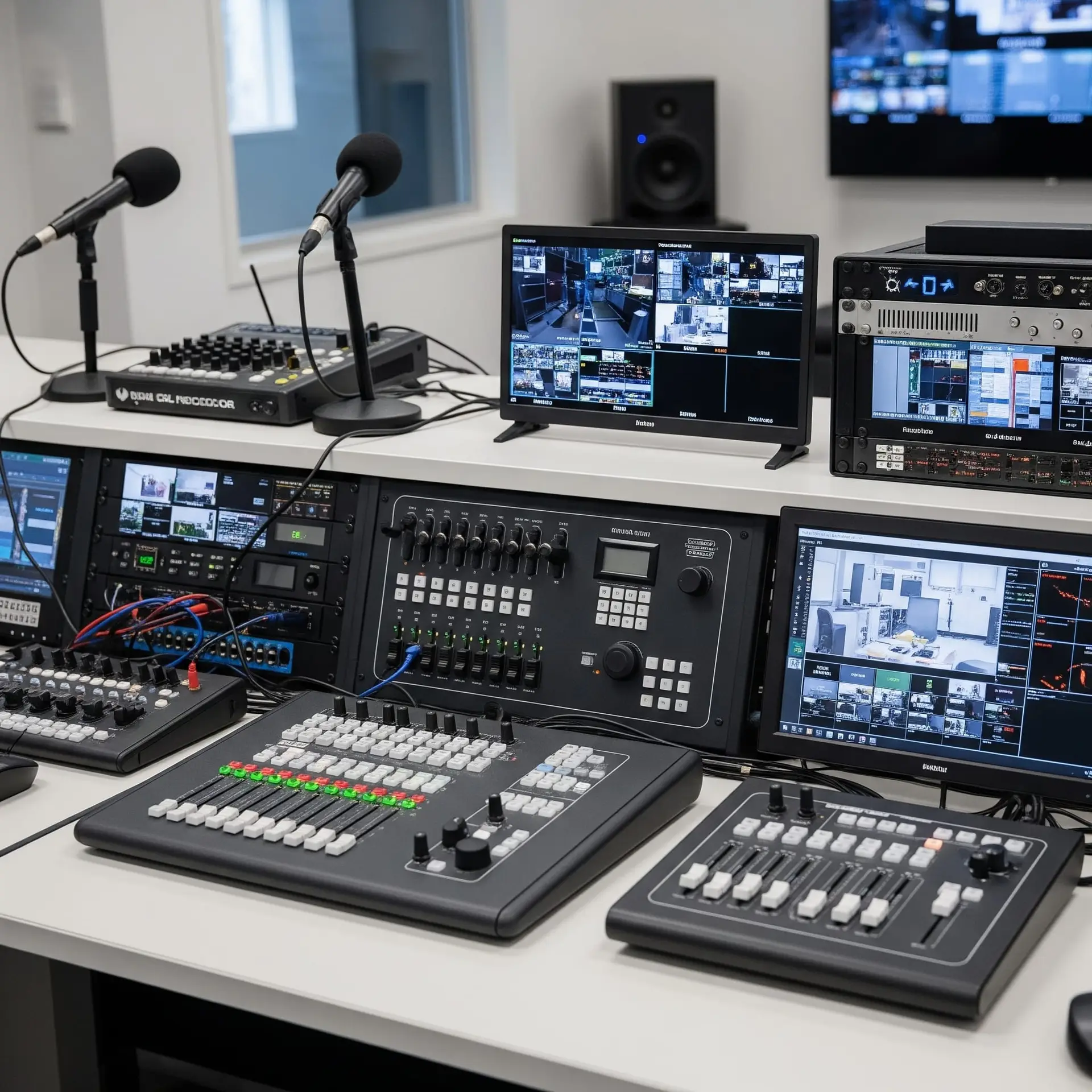
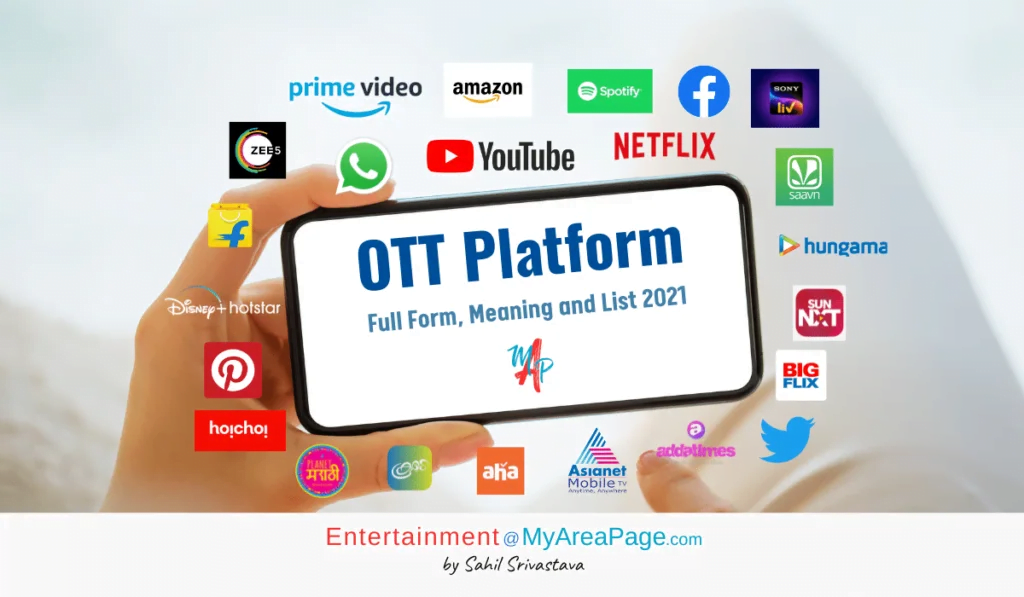
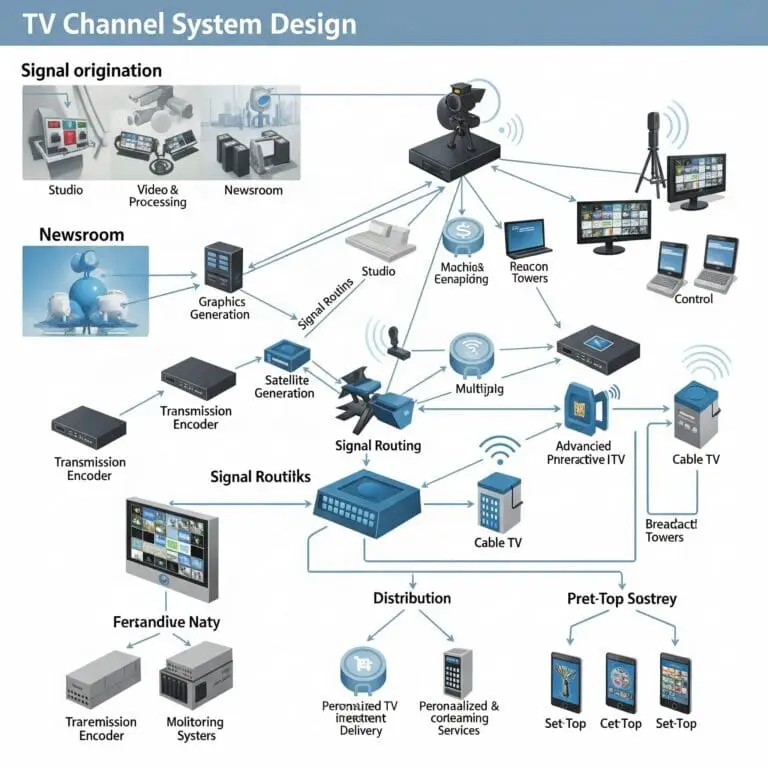
Broadcast System Integration
We provide complete Broadcast System Integration services, including system design, IP-based broadcast networks, robust networking, and customized system solutions. Our approach ensures seamless integration of all components, enabling efficient content creation, management, and distribution. We specialize in building scalable, future-proof infrastructures that support both traditional and modern IP workflows. Whether you’re upgrading existing systems or deploying a new setup, our solutions deliver reliability, performance, and adaptability to meet the evolving demands of today’s broadcast industry.
Live Production & Studio Automation
Trisys Technologies offers a cutting-edge Broadcast Live Production & Studio Automation solution that enhances efficiency and control in live broadcasting environments. Their system integrates video switching, graphics, audio, and camera automation into a unified platform, streamlining operations and reducing manual intervention. Designed for newsrooms, sports, and live events, Our solution ensures high-quality, reliable output with minimal crew. It supports remote management, scalable workflows, and seamless integration with existing infrastructure, empowering broadcasters with speed, accuracy, and flexibility.




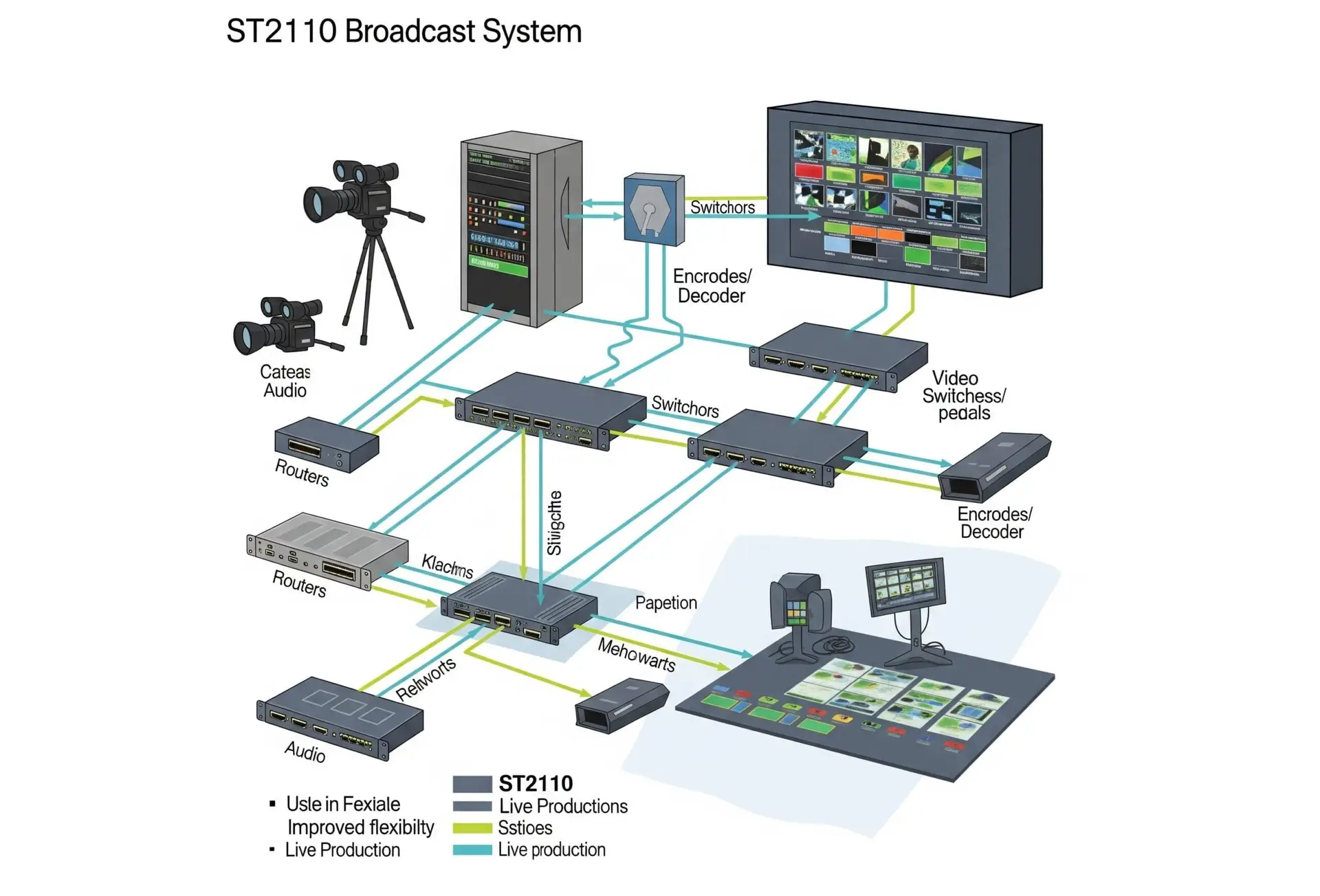
IP(ST2110) & Cloud-Based Broadcast Workflows
Trisys Technologies offers cutting-edge IP ST 2110 and Cloud-Based Broadcast Workflow solutions, transforming how broadcasters produce and manage content. With IP ST 2110, we enable uncompressed video, audio, and metadata transport over IP networks, ensuring high quality and low latency. Combined with cloud-based workflows, Trisys facilitates remote production, centralized control, and scalable operations. Our solutions integrate seamlessly with existing infrastructure, empowering broadcasters with flexibility, efficiency, and real-time collaboration across multiple platforms and locations in today’s digital landscape.
Media Asset Management (MAM) & Archive Solutions
Trisys Technologies offers an integrated Media Asset Management (MAM) and Archive solution designed to streamline content handling across the broadcast lifecycle. The MAM system enables efficient organization, metadata tagging, and quick retrieval of media, while the Archive solution ensures secure, long-term storage with easy access to historical content. Together, they support seamless integration with production workflows, multi-platform distribution, and scalable storage management. This combined solution boosts operational efficiency, reduces costs, and preserves valuable media assets for future use.
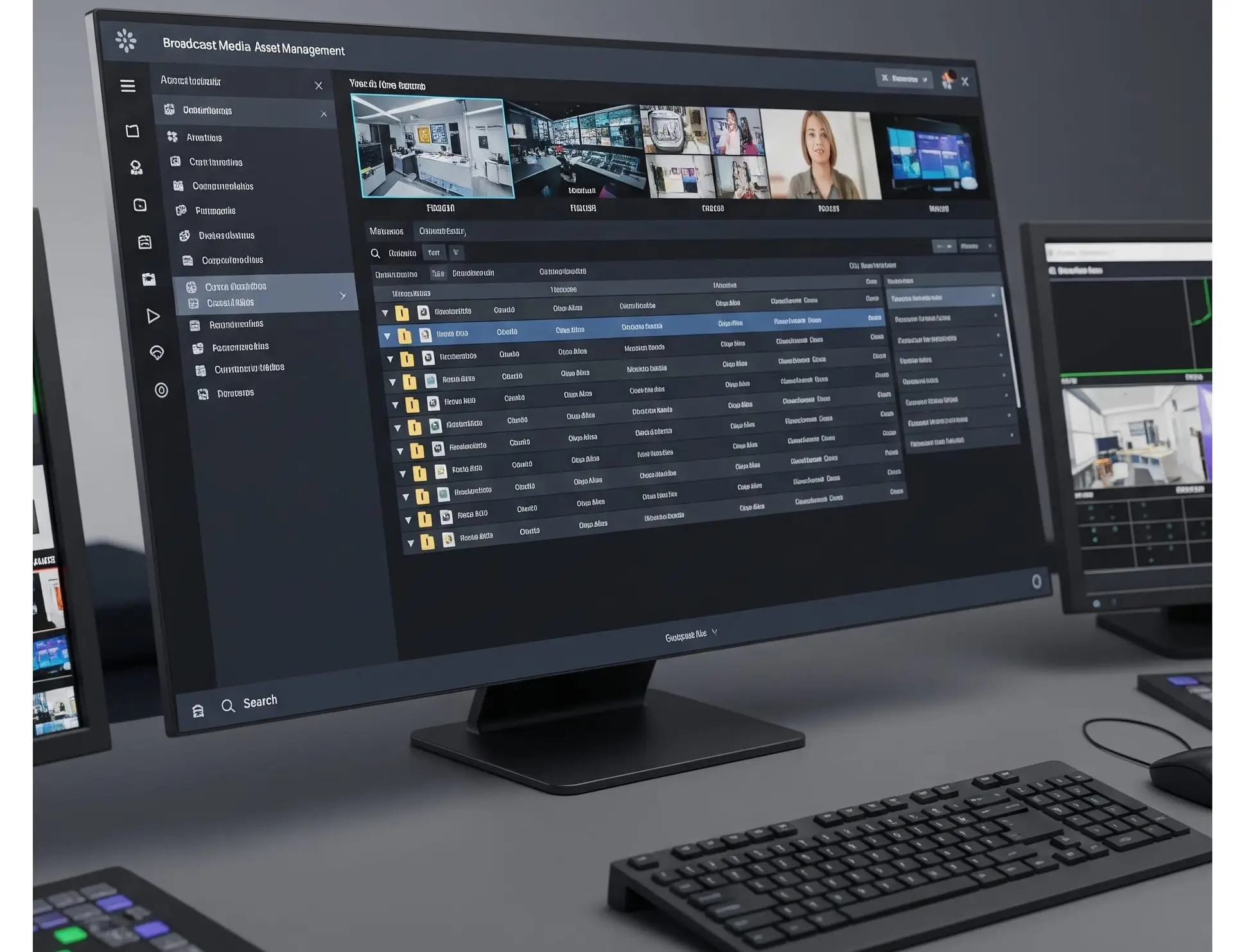



Digital Signage Solution & CMS
Trisys Technologies provides advanced Digital Signage Solutions with a powerful Content Management System (CMS) for seamless content creation, scheduling, and deployment. Our user-friendly CMS allows real-time updates, centralized control, and multimedia integration across multiple screens. Ideal for retail, corporate, education, and hospitality sectors, Trisys ensures engaging and dynamic visual communication. The scalable platform supports cloud access, remote management, and custom templates, empowering businesses to deliver targeted messaging with ease and efficiency. Trisys Technologies blends innovation with reliability.
